do you use sand in your tufa mix???
elephantear
16 years ago
Related Stories
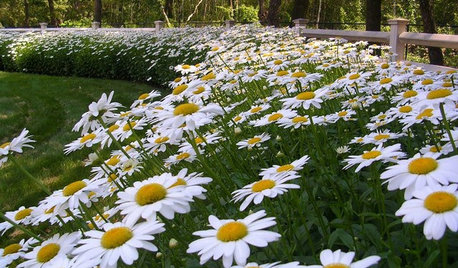
GARDENING GUIDESMix or Mass Daisies for Two Great Garden Looks
The classic daisy looks equally beautiful massed in borders or mixed throughout a naturalistic planting. Which look suits your style?
Full Story
KITCHEN DESIGNNew This Week: 2 Kitchens That Show How to Mix Materials
See how these kitchens combine textures, colors and materials into a harmonious whole
Full Story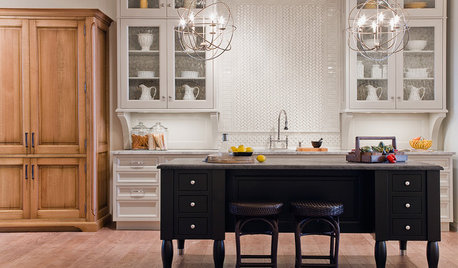
KITCHEN DESIGNYour Kitchen: Mix Wood and Painted Finishes
Create a Grounded, Authentic Design With Layers of Natural and Painted Wood
Full Story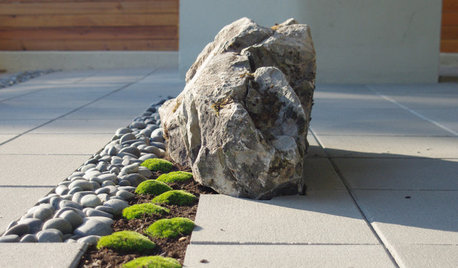
LANDSCAPE DESIGNDare to Mix Things Up in the Landscape
Courageously contrast plantings, materials and structures in your garden to create unexpected beauty and intrigue
Full Story
HOMES AROUND THE WORLDHouzz Tour: Easy Mix of Old and New Revives a Family Townhouse
Contemporary furniture and modern fixtures blend with period architecture in this large open-plan home in London
Full Story
DESIGN DICTIONARYTabby Wall
Using coastal elements such as sand and shells, tabby walls provide a textured look
Full Story0
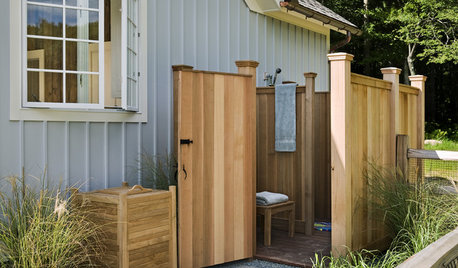
GARDENING AND LANDSCAPING10 Reasons to Love Outdoor Showers
Keep summertime dirt and sand outside with a shower area that turns an everyday routine into an exhilarating experience
Full Story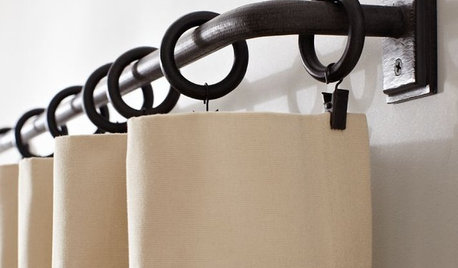
PRODUCT PICKSGuest Picks: Get Beachy With a Casual Coastal Living Room
Live easy in a room full of natural textures and colors borrowed from the sand and sea
Full Story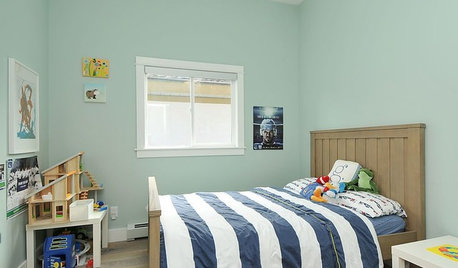
COLORGet a Soft Spot for Sea-Glass Green
Soften a room's look by washing its walls in this delightfully airy shade, no sand in your shoes required
Full Story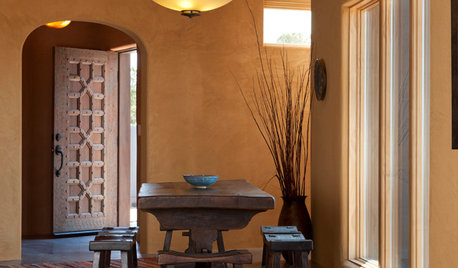
ORANGEColor Guide: How to Use Yellow Ocher
Earthy and warm, this ancient color evokes the sands of time as well as speaks to modern decorating sensibilities
Full Story


wannadanc
valolson1
Related Discussions
What soil mix do you use to start your seeds?
Q
do you live in nyc? do you use al's mix (or variation of)??
Q
How'd you get your GW Name and your fav. Tufa project
Q
Do You 'sand' your glass pieces before gluing?
Q
elephantearOriginal Author
elkski
wannadanc
ruegge
tehuti
virginiala
kobold
daisy_ny6
fredw10
DebZone8
elephantearOriginal Author
elephantearOriginal Author
elephantearOriginal Author
Pam